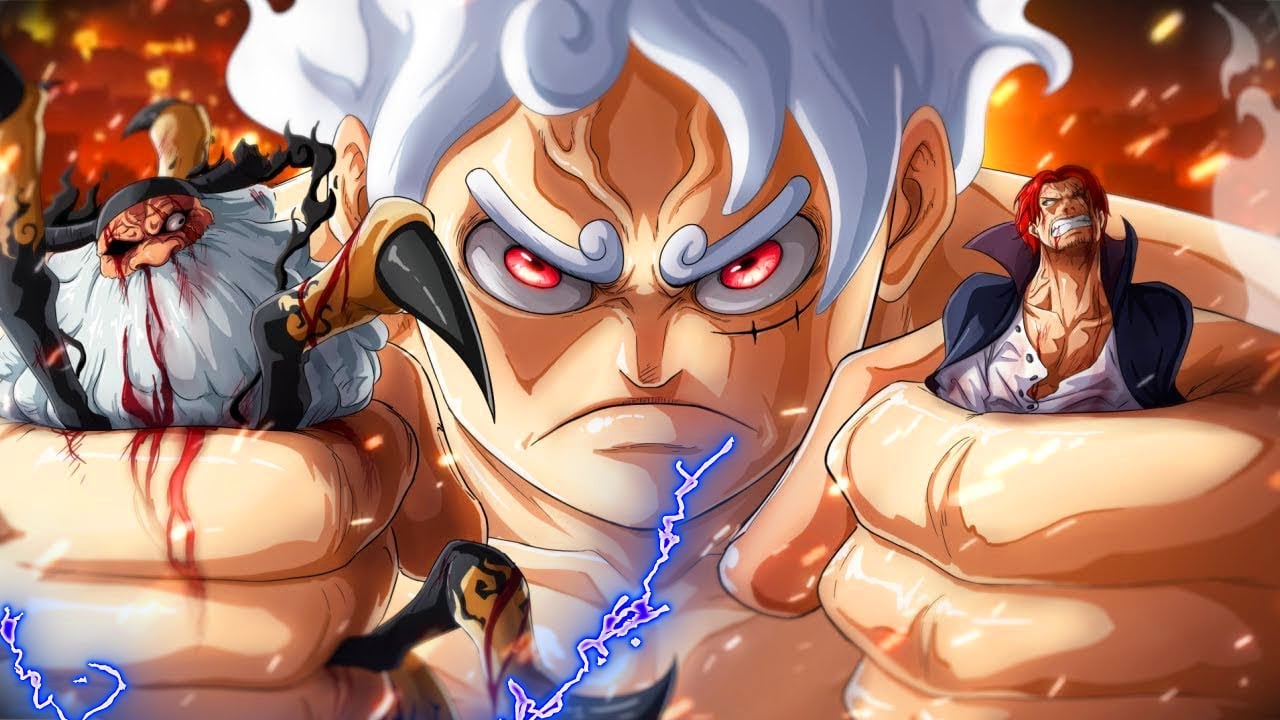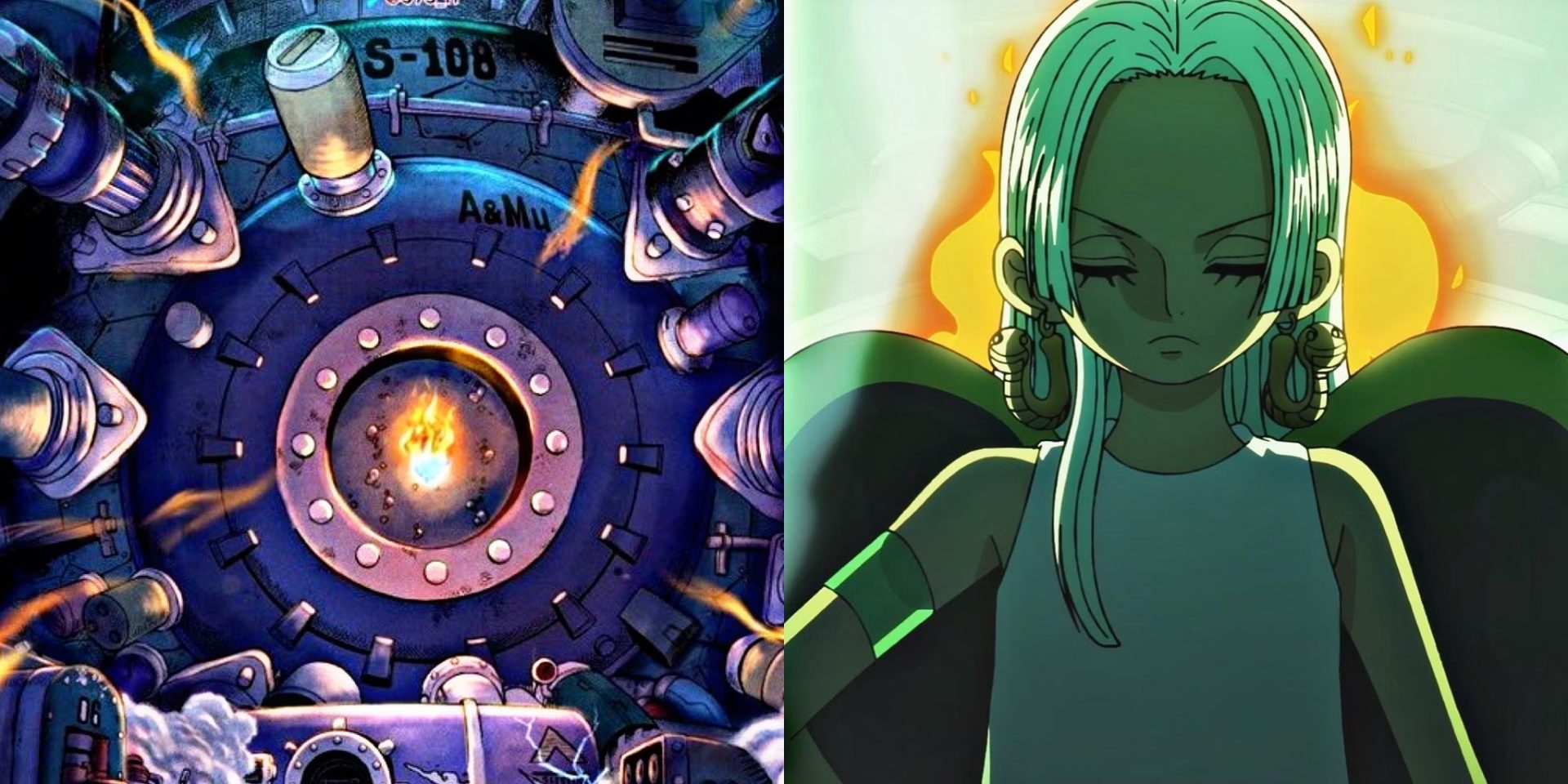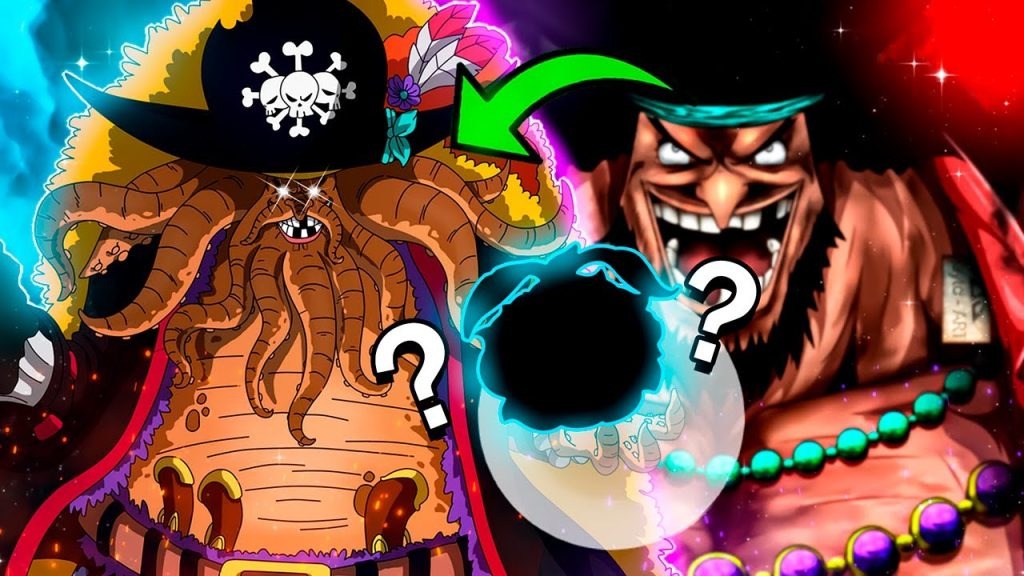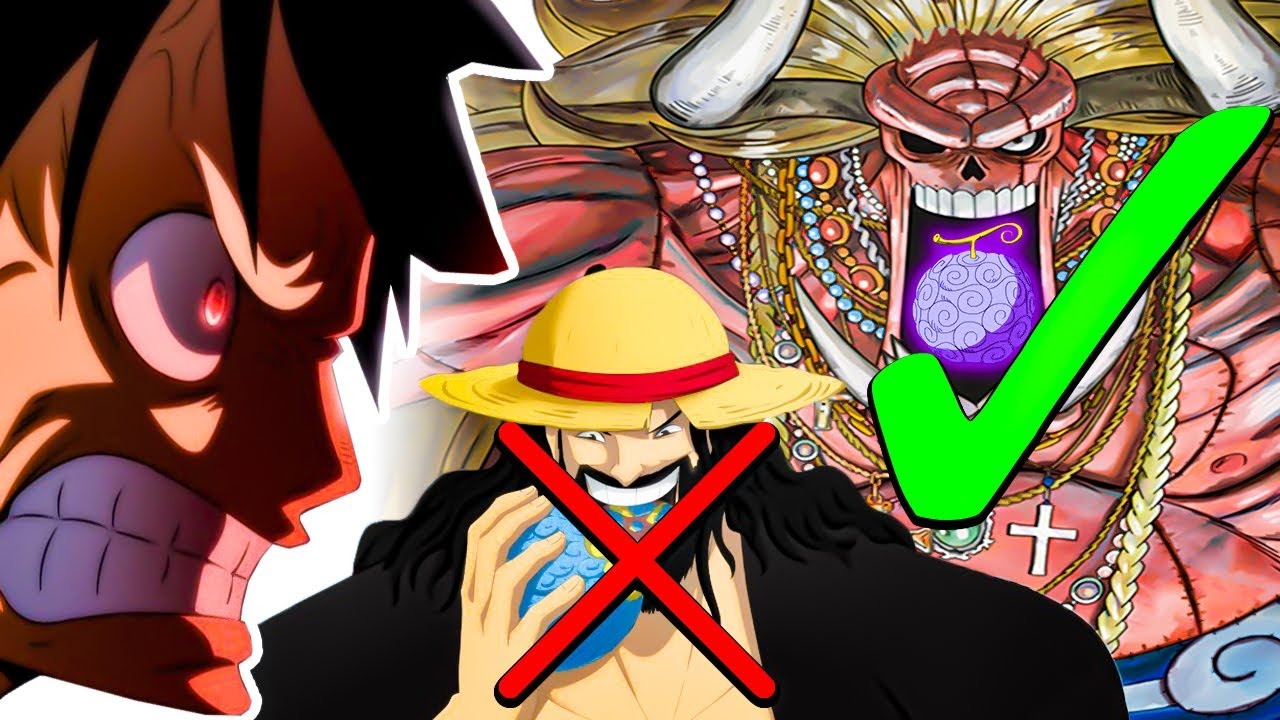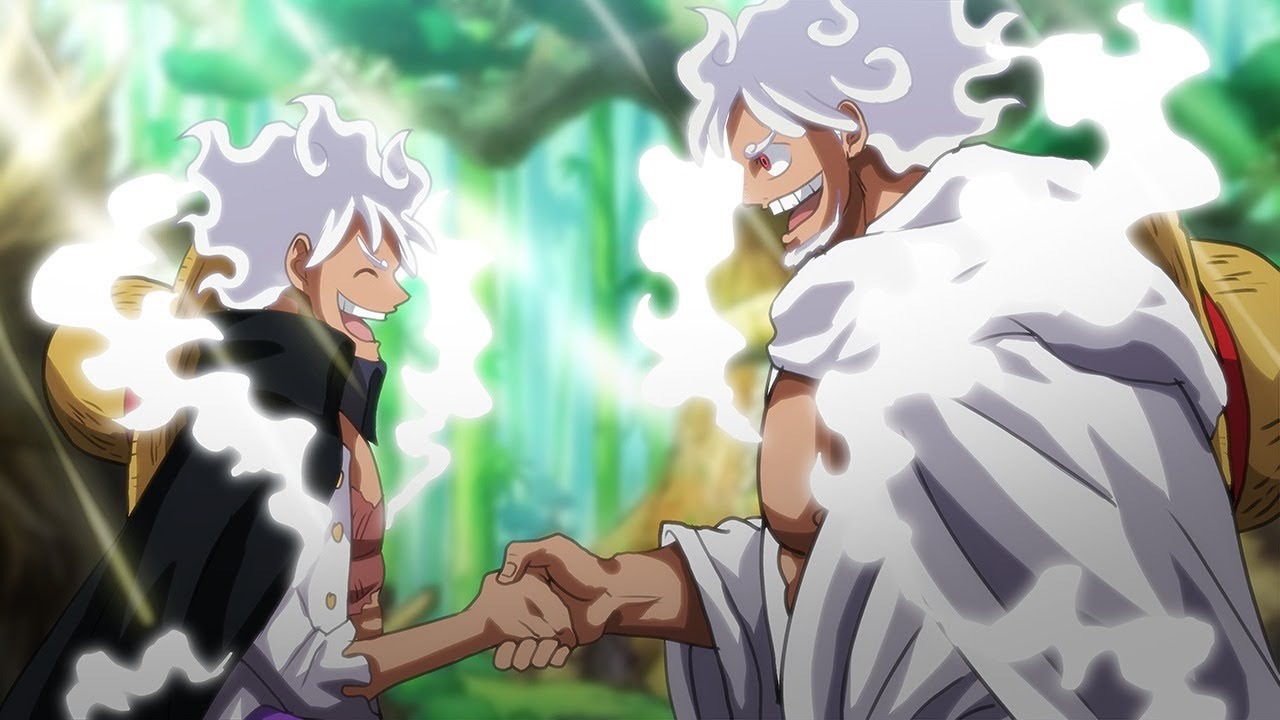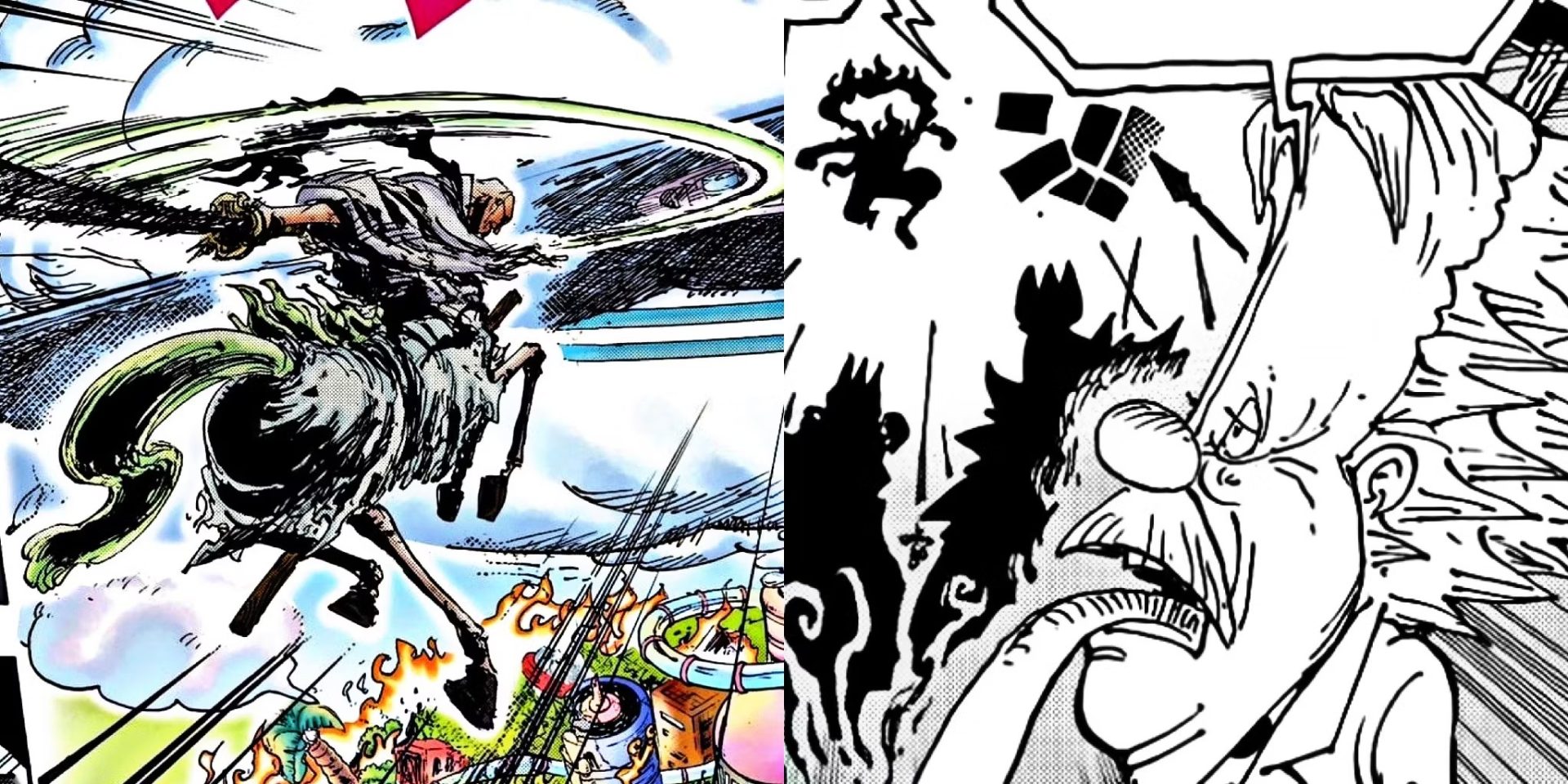Despite having some of the most evil villains in manga, Naruto always found a way to rehabilitate them. Fortunately, Boruto fixes this issue.

While the latest chapter of Boruto provided enough sensational ninja action to remind readers that it is the worthy sequel of the Naruto franchise, it also served to quiet one of the longest-running critiques of the parent series, namely that it was way too soft on the degree of evilness its villains exhibited.

While Naruto is one of the most beloved manga in pop culture history, it’s amazing that it achieved such an over-the-top status by ignoring one of the genre’s most fan-favorite elements – the irredeemable villain. To be sure, Naruto‘s preference for the “broken villain who can be fixed” became an ongoing negative marker for more than a few fans of the series, and it also inspired countless other manga that followed.

An interesting update to the franchise, however, finally fulfills the promise of Boruto (Part I) being Naruto‘s sequel by updating its “redeemable villain” problem. In Boruto: Two Blue Vortex chapter #3 Boruto uses his newfound Rasengan abilities to put long-time villain and existential threat Code one step short of meeting his maker.
Boruto Is Ready To Kill His Villains
Considering the history of the franchise’s custom of taking a sympathetic progression towards its villains, the alacrity with which Boruto moves from winning the fight to deciding to kill Code is amazing. That is, Code is given no time to redeem himself or show why he is simply imperfect rather than permanently and completely evil. Indeed, there’s a reasonable argument why fans are uneasy with villains as depraved as Orochimaru, Pain, or even child-stealing Amado getting rehabilitated as fellows who, having acknowledged their mistakes, should be given a second chance to be a model citizen.

Although Code is ultimately not killed – using the arrival of Kawaki on the scene to transport himself back to his hideout – the circumstances are not the same as with a villain escaping death in Naruto. The fundamental difference in Two Blue Vortex is Boruto’s mindset. For all intents and purposes, if Code doesn’t give him the information he wants regarding the Ten Tails Beast, Boruto really seems intent on summarily ending his life on the spot. In fact, if his newly upgraded Rasengan is all that he says it is, Boruto has already killed Code. According to Boruto, once he’s hit Code with Rasengan Uzuhiko, unless he reverses the process, the villain will die at some point in the future.

